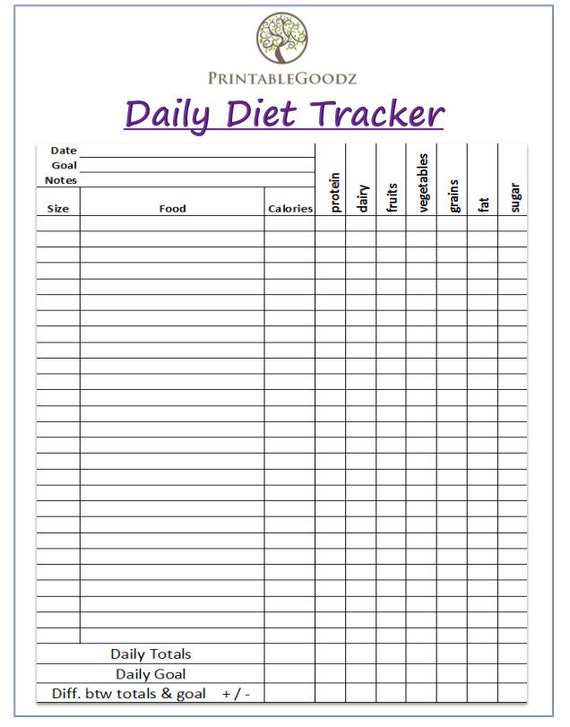
The cookie is used to store and identify a users' unique session ID for the purpose of managing user session on the website. This cookie is native to PHP applications. The cookie is used to remember the user consent for the cookies under the category "Performance". This cookie is set by GDPR Cookie Consent WordPress Plugin.

The cookie is used to store the user consent for the cookies in the category "Necessary". This cookie is set by GDPR Cookie Consent plugin. The cookie is used to remember the user consent for the cookies under the category "Analytics". The cookie is set by GDPR cookie consent to record the user consent for the cookies in the category "Advertising & Targeting". CookieĬookielawinfo-checkbox-advertising-targeting These cookies do not store any personal information. This category only includes cookies that ensures basic functionalities and security features of the website. Necessary cookies are absolutely essential for the website to function properly. Going forward, the team has said that they are working closely with producers in Indiana (as well as across the US) to support humane animal production practices and conduct research providing guidelines for animal welfare and management. “This label is confusing because antibiotics are occasionally used to treat live animals or prevent illness, but antibiotics are not added to meat products,” said the team.

The team went on to highlight that USDA regulates organics through the National Organic Program, which offers a label distinct from those provided by other sources, and found that the idea of “no antibiotics added” is another claim that can cause confusion. Overall, the team at Perdue University have observed that other labels “have more to do with how people perceive the health benefits of a product and do not relate as much to the animal’s welfare”.Įrasmus noted that there is a willingness from consumers to make sustainable, healthy choices, but she was keen to point out that “just because an animal product has an organic label on it doesn’t always mean that animal had a better life than an animal that wasn’t raised organically”.Īntimicrobial resistance: It hasn’t gone away And the absence of a label claim does not mean that food animals were raised inhumanely.” But a lot of consumers don’t necessarily know what these different seals mean. “Typically, those standards are intended to offer higher animal welfare than what you would see with a conventional product.

“Producers that work with one of these organisations can put the latter’s seal on their products to indicate that the animals were raised according to certain standards,” continued Erasmus. Some claims require that producers submit documentation before approval is granted,” explained the team.Įrasmus explained that a key point of confusion is which claims are associated with animal welfare certification organisations that use third-party verification. The FSIS (Food Safety Inspection Service) regulates certain food labels and claims on meat and poultry products. “In general producers need to submit certain claims about their food products to the USDA’s Food Safety and Inspection Service for approval. Following this announcement, Erasmus and her colleagues at Perdue University have said that they “will be watching to see what additional documentation animal food producers will need to provide regarding food label claims”.

However, in June 2023 the US Department of Agriculture (USDA) launched a “multi-step effort” to strengthen the validity of animal-raising claims. These can include organic, natural, grass-fed, humanely raised and pasture-raised. Animal-based food products come packaged with a variety of information labels.


 0 kommentar(er)
0 kommentar(er)
